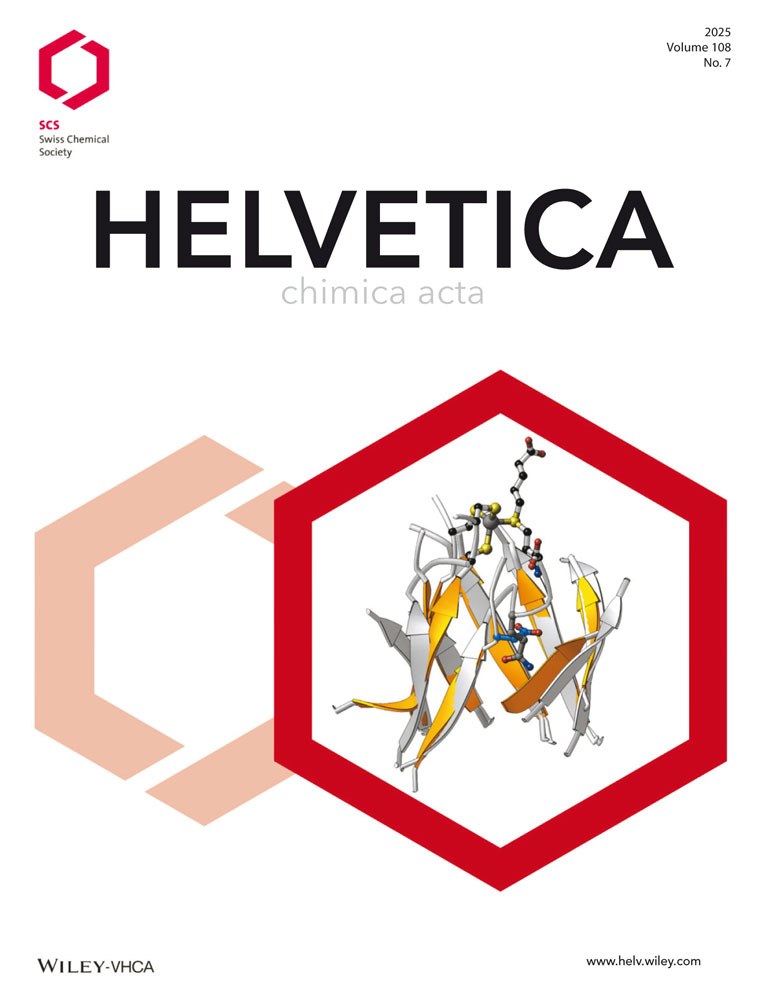Thermal Isomerization of 12-Oxa-1,9-dimetylhexacyclo[7.2.1.02,4.02,8.03,7.06,8]dodec-10-ene: A Computational Mechanistic Investigation
Abstract
Flash-vacuum pyrolysis of the quadricyclane derivative 5a at 350° afforded the oxabishomocubane 9a, whose structure was confirmed by an INADEQUATE-NMR experiment. A computational investigation of the mechanism of this unexpected reaction by DFT and CASPT2-SCF methods indicated that the reaction path of lowest energy involves a quadricyclane/oxaquadricyclane (5/12) isomerization, followed by a well-established cycloreversion of 12 to the carbonyl ylide 16, which subsequently undergoes an intramolecular 1,3-dipolar cycloadditon to 9. The lowest-energy path of the thermal isomerization of the syn-quadricyclane 6c is its conversion to the syn-sesquinorbornatriene 8c. The corresponding anti-isomer 5c, however, shows the capability of a degenerate quadricyclane/quadricyclane rearrangement.




